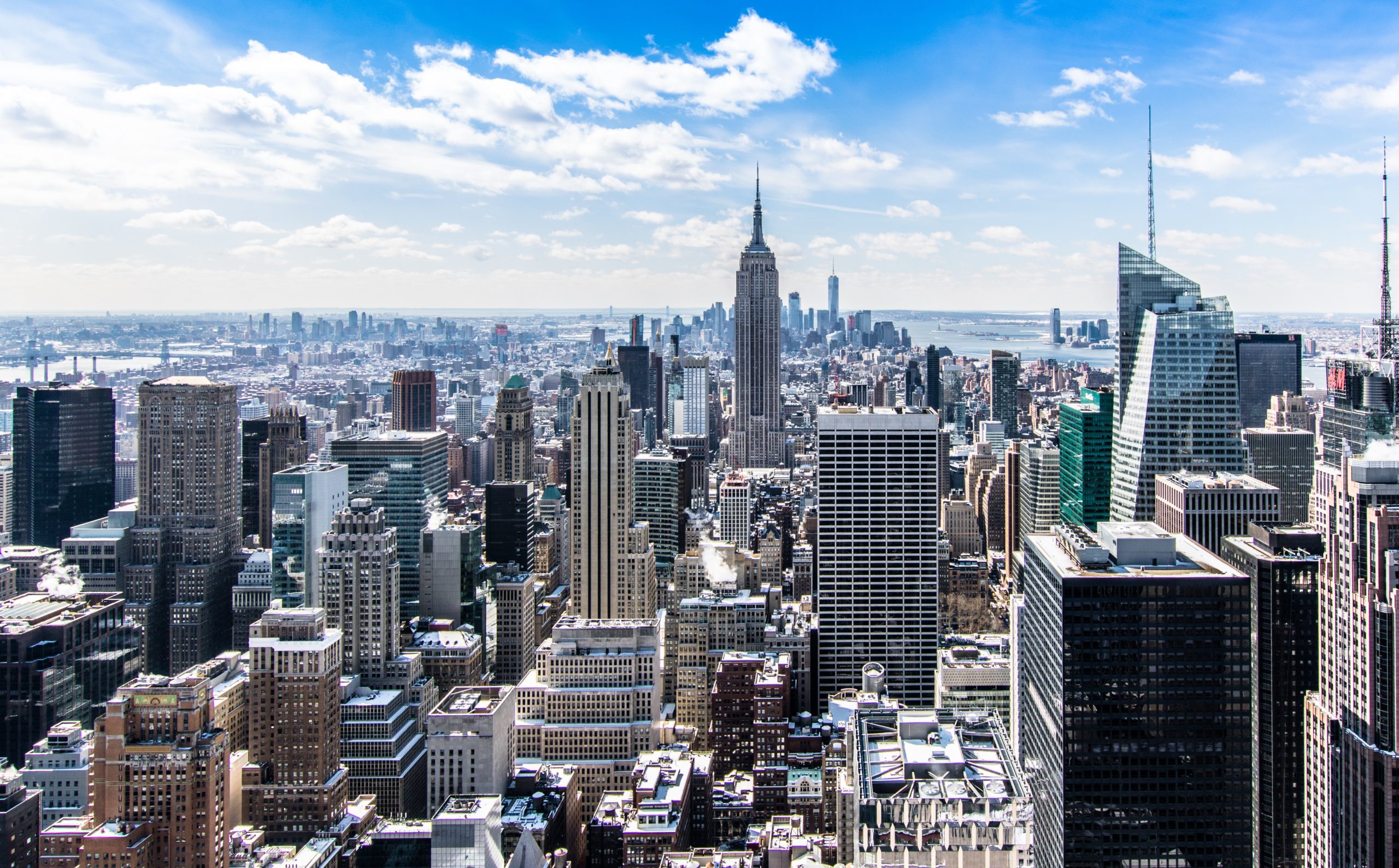As travel restrictions continue to lift on an international scale, global tourism is continuing a rebound that began gaining traction towards the end of 2021. This is being accompanied by the reversal of a shift brought on at the onset of 2020; specifically, the impulse to purchase properties in the suburbs and “getaway” destinations such as South Florida, the Hamptons, and Martha’s Vineyard. These locations were made more attractive for a variety of reasons – primarily the lower population density and the ability to access privacy, space, and warm weather – but urban environments are a quickly rising back to their pre-pandemic status in terms of mass appeal and affordability.
In New York’s case, this trend reflects a truth that has repeatedly proven itself for decades: regardless of the circumstances the rest of the country’s investment sales market finds itself in, the unique allure of New York and the reliability of its real estate environment makes it a consistently safe long-term investment. Even in times when the short-term home-buying market is less than desirable, it is a common occurrence to hear investors express regret over not having purchased property in this city 20 years ago – and the same will likely be said 20 years from today. Despite the exodus that took place across New York City during the beginning of the pandemic, recent data shows that more people are moving to Manhattan today than before the outbreak, underlining the eternal truth that New York is simply a place where people want to be. This incoming migration is being complemented by a particularly strong rental market, shifting the investment scales back into New York’s favor.
Outperforming Pre-Pandemic Pacing & Setting Records
The rental market’s continuing growth is particularly notable when compared to the mild slowdown seen across sales and competitive bidding in Q2 2022. This slowdown was not unexpected; because Q1 2022 followed the same incredible momentum seen in Q4 2021 – explained in detail by Ariel Property Advisors – there was inevitably going to come a time when that pace could no longer be maintained. However, even with Q2’s slower pace, deal flow is still higher than it was during Q2 2019; in other words, 2022’s slowest quarter is still outperforming pre-pandemic number, and while now may not be the best time to flip houses, New York City continues to have the best backbone when it comes to incoming-producing properties and homeownership.
“The gravitational pull of New York’s business and cultural ecosystem, combined with its overall allure, especially for high-net-worth buyers, insulates the market here from the vacillations of property cycles. The cooling off those markets in the Sun Belt and Mountain West are seeing just does not happen here to that extent, especially in the long run,” says Robert Dankner, President of Prime Manhattan Residential. “Whether you are just coming out of college or a tech CEO in Silicon Valley, there is a validation of success that comes with having a foothold in the city—and that transcends interest rates and short-term trends. Everyone wishes they had bought property in New York 20 years ago; that will still be true in 20 years.”
Meanwhile, the rental market continues to set record prices, demonstrating a resilience that is fueled by both developers and tenants. Contributing factors include work-from-home work models transitioning into hybrid models–requiring employees to return to their offices–and rents quickly returning to their pre-pandemic rates and beyond. The increase in vaccinations and lessening concerns over the spread of COVID-19 also plays a key role, along with New York’s office occupancy recently hitting a new milestone of over 40 percent, per the Kastle Back to Work Barometer.
“New York City is resilient and able to economically adapt in ways other city’s may not be able to because of its diversity across sectors and industries. It is this economic diversity that has insulated New York from extreme difficulties in the landscape of urban real estate, with a couple of notable exceptions,” said Travis Terry, President of Capalino + Company. “Over the last decade the number of New York City's jobs increased by 10.2% while housing increased by only 7.3%. This previous slow production has resulted in an estimated need for over 560,000 units of new housing in the next decade. The city’s leadership recognizes the need for diversity in housing from luxury to affordable to be able to accommodate its workforce and is adopting new policies to encourage housing growth. It is this diversity of thinking that has kept and continues to keep our city strong economically and will keep the real estate industry strong into the future.”
High-End Residential Driving Interest and New Development
Further spurring New Yorkers’ interest in rental properties is the high-end inventory. Across the city, new rental properties alongside those currently under construction are key draws for new and returning New Yorkers. Some notable examples include The Hope Building, a boutique rental building in Tribeca restored and redeveloped by Wertinvest, and Anagram Nomad, a luxury rental development that underwent significant repositioning to deliver condominium- and hospitality-style amenities that are increasingly attracting an international base of renters to luxury buildings. These kinds of properties are renting out quickly, signaling to developers that residents who wish to live in New York City are willing to pay high prices for existing and the flurry of upcoming residential properties coming to market. Arch Companies’ 11 Greene, as an example, filled its 31 brand-new rental units (and ground-floor retail) in under four months.
Both New York’s record-setting rental market and consistently strong investment sales market demonstrate the ideal that even when New York’s short-term market is not at its peak, its long-term prospects will virtually always be reliable. There are a variety of factors that contribute to this, one of which being the allure of New York City itself. When combined with the regained ability to travel unabated, fewer health risks, comparatively attractive prices, and exciting new projects, the stage is now set once again for a new real estate landscape, but one that is familiar in its stability.

